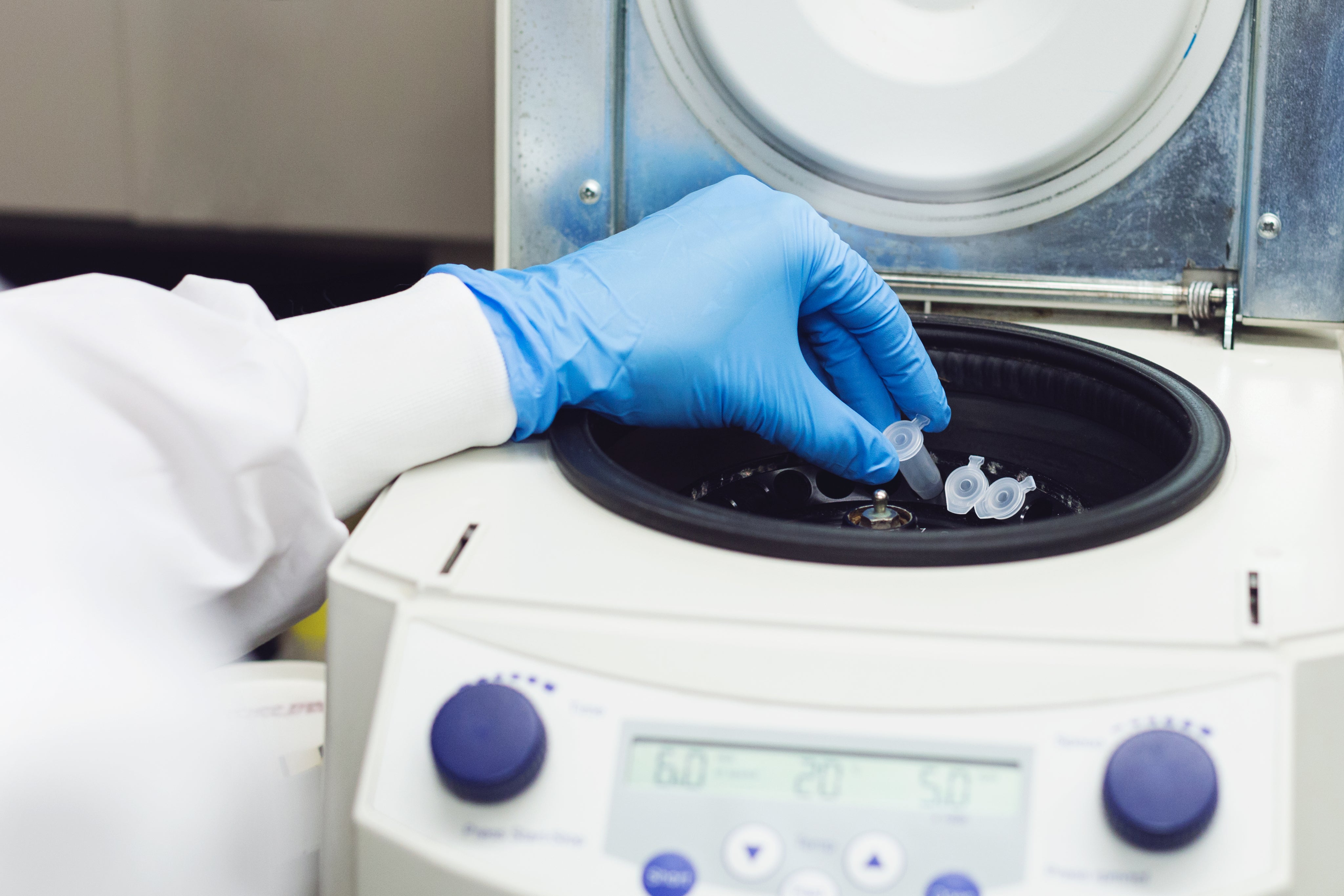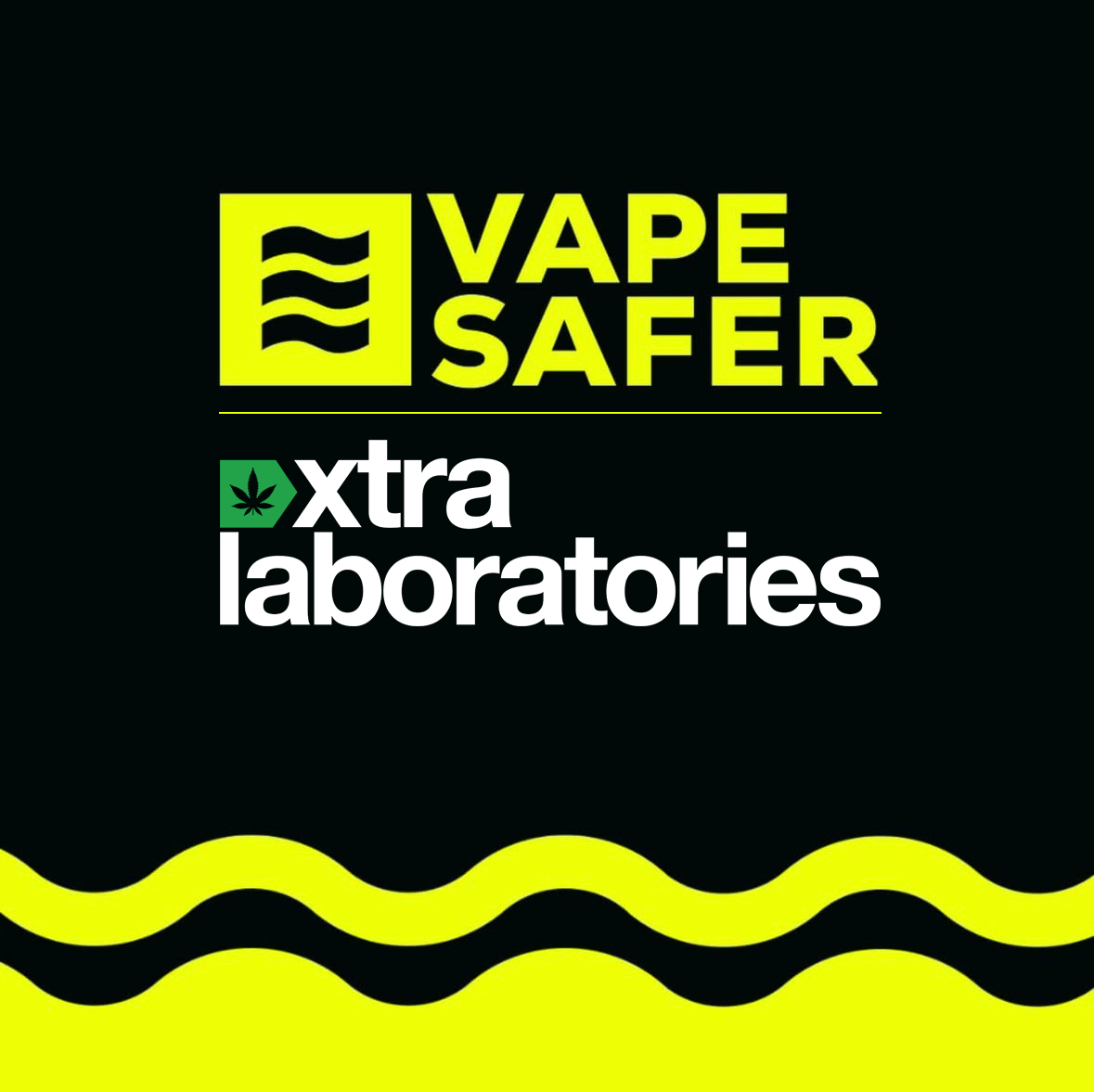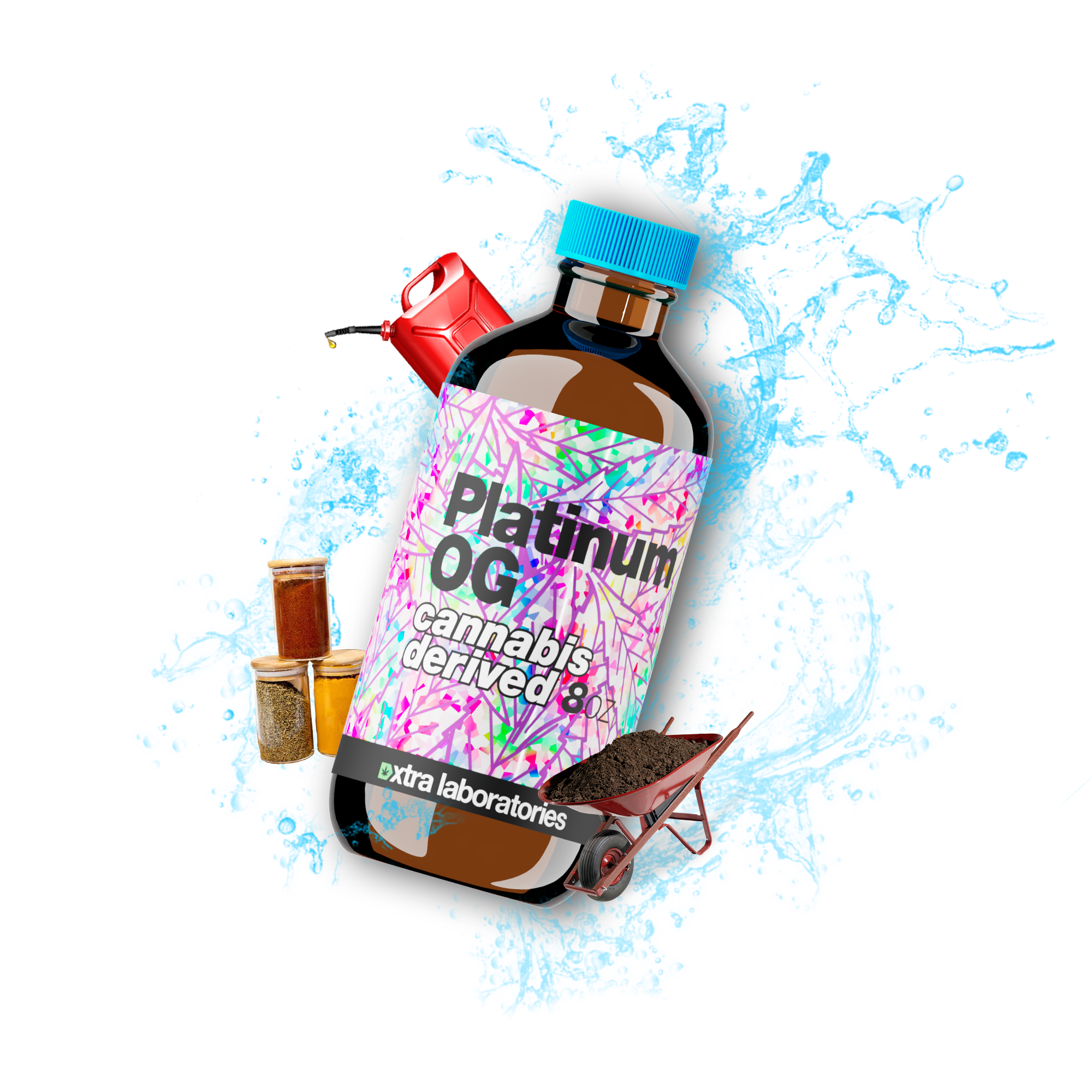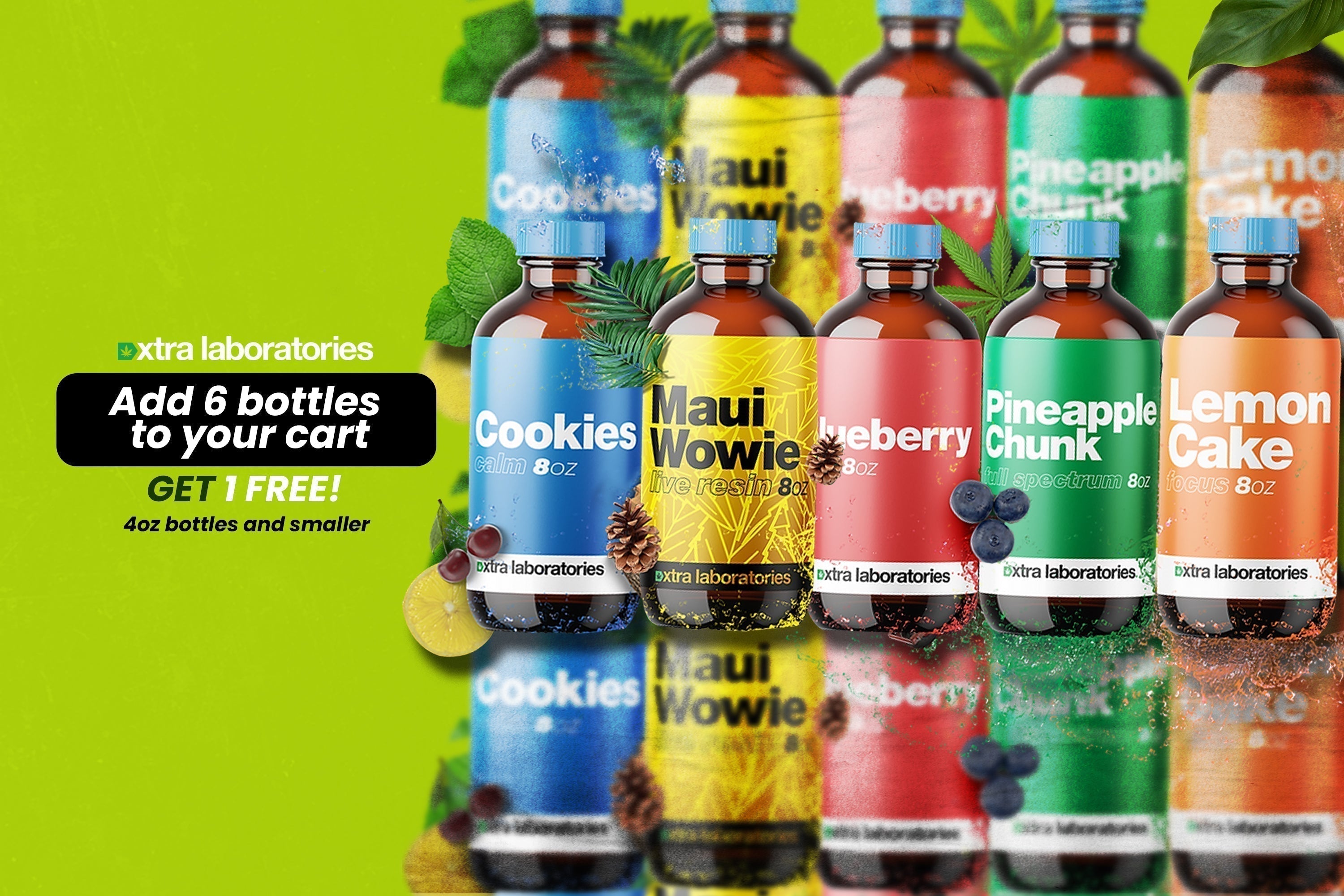Getting terpene dosing wrong ruins products and wastes money. Too little terpene content creates bland, forgettable products that fail to deliver expected effects. Too much creates harsh, overwhelming experiences that customers avoid.
The difference between success and failure often comes down to precise calculations that many manufacturers handle poorly.
Most terpene dosing problems stem from guesswork rather than systematic calculation. Manufacturers eyeball concentrations, copy competitors without understanding their formulations, or use outdated guidelines that don't match current product types.
This approach leads to inconsistent products, customer complaints, and regulatory problems when concentrations exceed safety limits.
Professional terpene calculators solve these problems by providing systematic methods for determining optimal concentrations based on product type, desired effects, and safety requirements. These tools help manufacturers create consistent, effective products while avoiding the costly mistakes that come from improper dosing.
Understanding Terpene Dosage: Concentration and Effects
Terpene dosage affects both product quality and user experience in ways that many manufacturers underestimate. Understanding the relationship between concentration and effects helps optimize formulations for specific applications and customer needs.
Concentration ranges vary dramatically by product type and intended effects. Vape products typically use 5-15% terpene content, edibles work well with 0.5-3%, while topicals may contain 2-8% depending on therapeutic goals. These ranges reflect how different consumption methods affect terpene delivery and perception.
Threshold effects begin around 1-2% in most applications, where users start noticing flavor and aromatic benefits. Below these concentrations, terpenes provide minimal sensory impact regardless of quality. Above 15%, most terpenes become harsh and potentially unsafe for regular use.
Dose-response relationships show that terpene effects don't increase linearly with concentration. Doubling terpene content rarely doubles perceived effects and often creates diminishing returns or negative experiences. The optimal range typically falls between 3-10% for most applications.
Individual compound limits vary significantly between different terpenes. Limonene tolerates higher concentrations than linalool, while myrcene becomes overwhelming at levels that pinene handles easily. Understanding these differences prevents formulation problems and safety issues.
Synergistic effects occur when multiple terpenes interact to enhance or modify each other's characteristics. These interactions can make lower total concentrations feel more potent than higher concentrations of single compounds. Professional formulations leverage these synergies to optimize effectiveness.
Bioavailability factors affect how much terpene content actually reaches users. Vaporized terpenes deliver higher bioavailability than edible applications, while topical products depend on skin penetration rates that vary by formulation and individual physiology.
Safety margins require staying well below maximum safe concentrations to account for individual sensitivity variations and cumulative exposure from multiple products. Professional formulations typically target 50-70% of maximum safe levels rather than pushing limits.
Understanding these dosage principles provides the foundation for systematic terpene calculation rather than relying on trial-and-error approaches.
Terpene Blending Ratios: Science and Best Practices
Successful terpene blending requires understanding how different compounds interact and complement each other. The ratios between terpenes often matter more than absolute concentrations for creating effective, pleasant products.
Primary-secondary ratios typically favor one dominant terpene at 40-60% of the total blend, with supporting compounds comprising the remainder. This approach creates recognizable profiles while adding complexity and balance that single compounds cannot provide.
Complementary pairing works best when terpenes enhance rather than compete with each other. Myrcene pairs well with linalool because fruity and floral notes complement each other naturally, while harsh combinations like high concentrations of both pinene and limonene can create conflicting sensory experiences.
Balance considerations prevent any single compound from overwhelming the blend. Even pleasant terpenes become unpleasant at excessive concentrations, so professional blends distribute effects across multiple compounds rather than relying heavily on single ingredients.
Effect modulation allows terpene blends to create experiences that individual compounds cannot achieve alone. Combining sedating myrcene with alerting pinene creates balanced effects that neither compound provides individually.
Stability factors affect how blended terpenes perform during storage and use. Some combinations remain stable for months while others separate or react over time. Professional formulations consider these interactions during ratio development.
Cost optimization through strategic blending can reduce ingredient costs while maintaining quality. Using expensive terpenes as accent notes (5-15%) while building volume with affordable alternatives often creates better value than using premium ingredients throughout.
Sensory hierarchy structures blend so that top notes, middle notes, and base notes work together like professional perfumes. This approach creates more sophisticated, appealing products than random mixtures of available terpenes.
Mathematical modeling helps predict blend characteristics before physical testing. Professional calculators use established ratios and interaction data to suggest starting formulations that require minimal adjustment.
These blending principles apply regardless of whether you're working with cannabis-derived or botanical terpenes, though source consistency affects how precisely ratios translate between batches.
For detailed information about botanical versus cannabis-derived blending considerations, review our natural alternatives guide.
Using Terpene Calculators for Product Development
Professional terpene calculators streamline product development by providing systematic methods for determining optimal formulations based on specific requirements and constraints.
Input parameters for quality calculators include target product volume, desired terpene concentration, available terpene inventory, cost constraints, and regulatory limits. More sophisticated tools also consider product type, consumption method, and target effects.
Calculation methodologies vary between simple percentage calculators and complex formulation software. Basic calculators help determine volumes needed for specific concentrations, while advanced tools optimize entire formulations considering multiple variables simultaneously.
Batch scaling becomes critical when moving from test batches to commercial production. Calculators help maintain consistent ratios and concentrations regardless of batch size while accounting for practical constraints like minimum purchase quantities and mixing equipment limitations.
Cost modeling features in advanced calculators help optimize formulations for target price points. These tools can suggest alternative terpene combinations that achieve similar effects at lower costs or identify opportunities to upgrade formulations within budget constraints.
Safety validation ensures that calculated formulations remain within established safety limits for all individual compounds and total terpene content. Professional calculators include safety databases that flag potentially problematic combinations before production.
Documentation features help maintain records of successful formulations and track changes over time. This capability becomes valuable for scaling production, troubleshooting problems, and maintaining consistent quality across different batches.
Integration capabilities allow calculators to work with inventory management systems, purchasing software, and quality control databases. This integration reduces manual data entry and helps maintain accuracy across complex formulation processes.
Collaborative features enable multiple team members to work on formulations while maintaining version control and change tracking. This capability becomes important for larger organizations with multiple formulators working on different products.
The key to successful calculator use is starting with accurate input data and understanding the limitations of any calculation tool. Calculators provide starting points for formulation work, but physical testing remains necessary to validate and optimize results.
Dosage Guidelines by Product Type: Vapes, Edibles, Topicals
Different product types require specific dosage approaches based on how users consume them and what effects they expect. Understanding these differences prevents formulation mistakes and safety problems.
Vape cartridge dosing typically ranges from 5-15% total terpene content because vaporization delivers high bioavailability and immediate effects. Start with 8-10% for most formulations and adjust based on customer feedback. Higher concentrations often create harsh vapor or clog cartridges.
Calculation example: For a 1ml cartridge targeting 10% terpenes, add 0.1ml (100mg) of terpene blend to 0.9ml of base oil or distillate. This provides 100mg of terpenes per cartridge, or roughly 2-3mg per typical inhalation.
Edible product dosing ranges from 0.5-3% because oral consumption changes how terpenes affect taste and digestion. Higher concentrations often create unpleasant flavors or gastrointestinal discomfort. Calculate based on serving size rather than total product volume.
Calculation example: For gummies targeting 2mg terpenes per piece, use 0.2% terpene concentration if each gummy weighs 10g. This requires 200mg of terpenes per kilogram of gummy mixture.
Topical formulation dosing varies from 2-8% depending on therapeutic goals and application area. Higher concentrations work for localized applications like muscle rubs, while lower concentrations suit broad-area products like lotions.
Calculation example: For a 100ml topical cream targeting 5% terpenes, blend 5ml of terpenes into 95ml of base cream. This provides 50mg of terpenes per gram of finished product.
Concentrate enhancement typically uses 3-8% terpene additions to restore profiles lost during extraction or create strain-specific products from distillate. Higher concentrations can overpower cannabinoid effects or create harsh consumption experiences.
Flower enhancement requires 1-5% terpene application depending on the enhancement method and desired intensity. Too much terpene content creates uneven distribution, harsh smoke, or artificial flavors that experienced users notice immediately.
Beverage applications work best with 0.1-0.5% terpene content because liquid delivery affects taste perception, and many terpenes don't dissolve well in water-based products. Emulsification may be necessary for higher concentrations.
Always start with lower concentrations and increase gradually based on testing results rather than beginning with maximum recommended levels.
Safety Considerations and Maximum Dosage Limits
Terpene safety requires understanding both individual compound limits and cumulative exposure from multiple sources. Professional formulations maintain substantial safety margins rather than pushing maximum allowable concentrations.
Individual compound limits vary significantly between different terpenes. Limonene tolerates concentrations up to 30mg per serving in food applications, while camphor should remain below 2mg per serving. Always research specific limits for each terpene in your formulations.
Cumulative exposure becomes important when users consume multiple terpene-containing products throughout the day. A user might consume terpenes through vapes, edibles, topicals, and household products, requiring conservative dosing in each application.
Sensitive populations, including children, pregnant women, and individuals with respiratory conditions, may require lower exposure limits than healthy adults. Consider your target market when establishing safety margins for product formulations.
Interaction warnings apply when terpenes might interact with medications or other substances. Some terpenes affect drug metabolism or enhance the absorption of other compounds, requiring careful consideration for therapeutic applications.
Occupational exposure limits affect manufacturing operations where workers handle concentrated terpenes regularly. Implement proper ventilation, personal protective equipment, and exposure monitoring to maintain safe working conditions.
Regulatory compliance varies by jurisdiction and product type, but generally requires staying within established daily intake limits. Food applications follow FDA guidance, while cannabis products may face state-specific restrictions.
Quality control testing should verify that finished products contain terpene concentrations within acceptable ranges. Overage can create safety concerns while underage results in ineffective products that disappoint customers.
Documentation requirements include maintaining safety data sheets, exposure assessments, and testing records that demonstrate compliance with applicable safety standards. This documentation becomes crucial during regulatory inspections.
Emergency procedures should address accidental overexposure through skin contact, inhalation, or ingestion. Train staff on appropriate response procedures and maintain emergency contact information for poison control resources.
Professional formulations typically target 50-70% of maximum safe concentrations to provide safety margins that account for individual sensitivity variations and measurement uncertainties.
Creating Custom Terpene Profiles with Calculators
Custom terpene profile development allows manufacturers to create unique products that differentiate their brands while meeting specific performance requirements.
Systematic approaches improve success rates and reduce development costs.
Profile design starts with defining target characteristics, including primary effects, flavor notes, and intensity levels. Clear objectives guide formulation decisions and provide criteria for evaluating success. Vague goals lead to endless iteration without clear endpoints.
Base compound selection typically begins with 1-3 primary terpenes that provide the foundation characteristics. These compounds usually comprise 60-80% of the total blend and determine the basic character that users will recognize.
Accent compound addition uses smaller quantities of supporting terpenes to add complexity, balance harsh notes, or enhance specific characteristics. These compounds typically represent 5-20% of individual terpene concentrations but significantly impact overall profile quality.
Ratio optimization requires systematic testing of different proportions to find combinations that achieve target characteristics. Professional calculators help generate multiple ratio options for testing rather than random experimentation.
Effect modeling considers how different terpene combinations might interact to produce desired therapeutic or psychoactive effects. While research remains limited, established patterns can guide formulation decisions.
Cost constraints often require balancing ideal formulations against economic realities. Calculators help identify opportunities to substitute expensive terpenes with more affordable alternatives that provide similar characteristics.
Stability testing verifies that custom blends maintain their characteristics during storage and typical use conditions. Some combinations remain stable for months while others separate or react over time.
Scaling considerations ensure that custom profiles work reliably at production volumes using available equipment and procedures. Small-batch successes don't always translate directly to commercial production.
Documentation systems track successful formulations and the reasoning behind specific choices. This information becomes valuable for future development projects and troubleshooting production problems.
Custom profile development typically requires 3-6 iterations to achieve satisfactory results, making systematic approaches more efficient than trial-and-error methods.
Our botanical terpenes guide provides additional insights into custom profile development using natural sources.
Quality Control and Consistency in Terpene Blending
Maintaining consistent quality in terpene blending requires systematic quality control procedures that verify both individual batches and long-term consistency across multiple production runs.
Incoming material testing verifies that terpene ingredients meet specifications before use in formulations. This testing should include identity confirmation, purity analysis, and sensory evaluation to catch problems before they affect finished products.
Blend verification confirms that mixed products contain target concentrations and ratios. This testing becomes critical because small errors in individual additions can significantly affect finished product characteristics.
Process controls include standardized mixing procedures, equipment calibration, and environmental controls that affect blend quality. Temperature, humidity, and mixing time all influence how well terpenes integrate and maintain stability.
Statistical process control tracks key quality metrics over time to identify trends that might indicate process problems. Control charts help distinguish normal variation from systematic issues that require corrective action.
Batch documentation records all ingredients, quantities, procedures, and test results for each production run. This information becomes crucial for investigating quality problems and maintaining traceability through distribution channels.
Sensory evaluation provides quality assessment that analytical testing cannot capture. Trained panels or customer feedback help identify products that meet analytical specifications but fail to deliver expected experiences.
Stability monitoring tracks how products perform during storage under various conditions. This testing reveals degradation patterns and helps establish appropriate shelf life and storage recommendations.
Corrective action procedures address quality problems systematically to prevent recurrence. Root cause analysis helps identify whether problems stem from materials, processes, or environmental factors.
Supplier quality management ensures that terpene suppliers maintain consistent quality over time. Regular audits, performance monitoring, and clear specifications help prevent supply chain quality problems.
Continuous improvement processes use quality data to optimize formulations and procedures over time. This approach helps reduce variation, improve efficiency, and enhance customer satisfaction.
Quality control costs money upfront, but prevents much larger costs from quality problems, customer complaints, and regulatory issues.
Professional Tools and Software for Terpene Formulation
Professional terpene formulation benefits from specialized tools and software that automate calculations, maintain records, and optimize complex formulations more effectively than manual methods.
Spreadsheet-based calculators provide flexible, customizable tools for basic terpene calculations. These tools work well for simple formulations and small operations, but become unwieldy for complex products or large-scale operations.
Dedicated formulation software offers more sophisticated capabilities, including ingredient databases, cost optimization, regulatory compliance checking, and batch scaling. These tools typically cost more but provide significant value for professional operations.
Cloud-based platforms enable collaboration between multiple users while maintaining version control and change tracking. These systems work particularly well for larger organizations with multiple formulators working on different products.
Mobile applications allow formulators to perform calculations and access formulation data from production floors or remote locations. This capability improves efficiency and reduces errors from manual data transfer.
Integration capabilities connect formulation tools with inventory management, purchasing, and quality control systems. This integration reduces manual data entry and helps maintain accuracy across complex operations.
Database features store successful formulations, ingredient specifications, and regulatory information for easy retrieval and reference. These databases become valuable intellectual property that supports future development work.
Reporting capabilities generate documentation required for regulatory compliance, quality control, and business analysis. Professional tools typically include templates for common reporting requirements.
Backup and security features protect valuable formulation data from loss or unauthorized access. Cloud-based systems typically provide more robust backup and security than local installations.
Training and support resources help users maximize tool effectiveness and troubleshoot problems. Professional software vendors typically provide better support than free or low-cost alternatives.
Cost considerations should include both initial software costs and ongoing training, support, and upgrade expenses. More expensive tools often provide better long-term value through improved efficiency and reduced errors.
The right tool choice depends on operation size, complexity requirements, and budget constraints. Most operations benefit from starting with simpler tools and upgrading as requirements become more sophisticated.
Ready to optimize your terpene formulations with professional calculation methods? Visit Xtra Laboratories and access our terpene calculator along with premium terpene ingredients for all your formulation needs.




Share:
Botanical Derived Terpenes: The Complete Natural Alternatives Guide
Wholesale Cannabis Terpenes: The Complete B2B Buyer's Guide